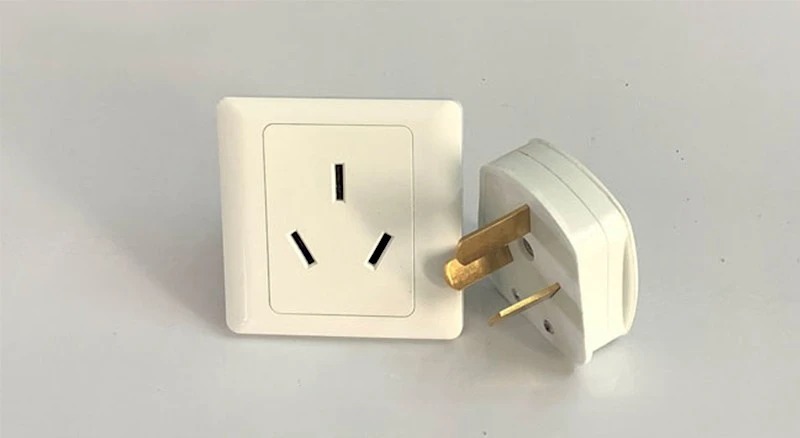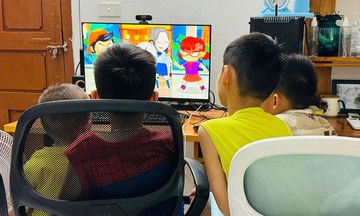A two-prong plug has two metal prongs: a "hot" prong that carries electricity from the source to the appliance and a neutral prong that returns the electricity to the source to complete the circuit. This type is common on many household appliances like hair dryers, rice cookers, and phone chargers.
A three-prong plug has an additional third prong called a grounding prong. This prong isn't directly involved in supplying power to the appliance but protects users from electrical faults, especially with metal-cased appliances like computers, ovens, and coffee makers.
"The third prong is an important line of defense against fatal electric shocks. It allows stray current to flow into the ground instead of through your body," said Jon Shockley, an engineer at Shockley Electric, a US power service company.
 |
Illustration: Pexels |
Illustration: Pexels
A standard household outlet typically consists of three slots: two on the right and left and one in the lower middle.
Under normal conditions, electricity flows from the hot wire through the appliance and back through the neutral wire, completing a closed circuit. However, if there's a fault, for example, a loose wire touches the metal casing of the appliance, the entire outer casing becomes electrified.
If a user accidentally touches the appliance casing, they will receive a shock. With a three-prong plug, the excess current flows through the ground wire to the house's safe grounding system or trips the circuit breaker, cutting off the power immediately.
Why do many new appliances still use two-prong plugs?
Some modern appliances still use two-prong plugs, even though three-prong plugs are safer.
According to Jon Shockley, there are a few reasons for this: two-prong plugs are cheaper to manufacture, suitable for small, low-power appliances, and designed with double insulation, meaning they have two layers of insulation to prevent current leakage.
However, if the appliance has a metal casing and high power, such as microwaves, air conditioners, and washing machines, a three-prong plug is mandatory according to UL (US) electrical safety standards.
Should I use a three-prong to two-prong adapter?
In Vietnam, many households still use two-slot outlets, while some appliance plugs are three-pronged and cannot be used directly. In this case, many people choose to buy an adapter or cut off the third prong. According to experts, this is dangerous.
"The appliance will still work when plugged into a two-prong adapter, but you lose all protection from electric shock or fire if there's a fault," said Jon Shockley.
These adapters often do not actually ground the appliance, especially if the original outlet is not grounded.
Nhat Minh (Shockleyelectric/howstuffworks)












